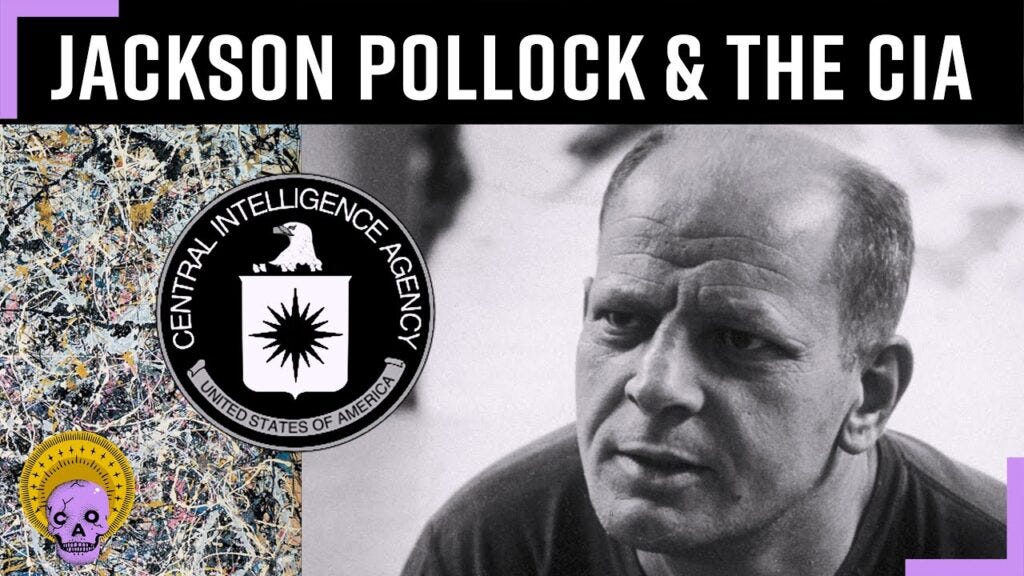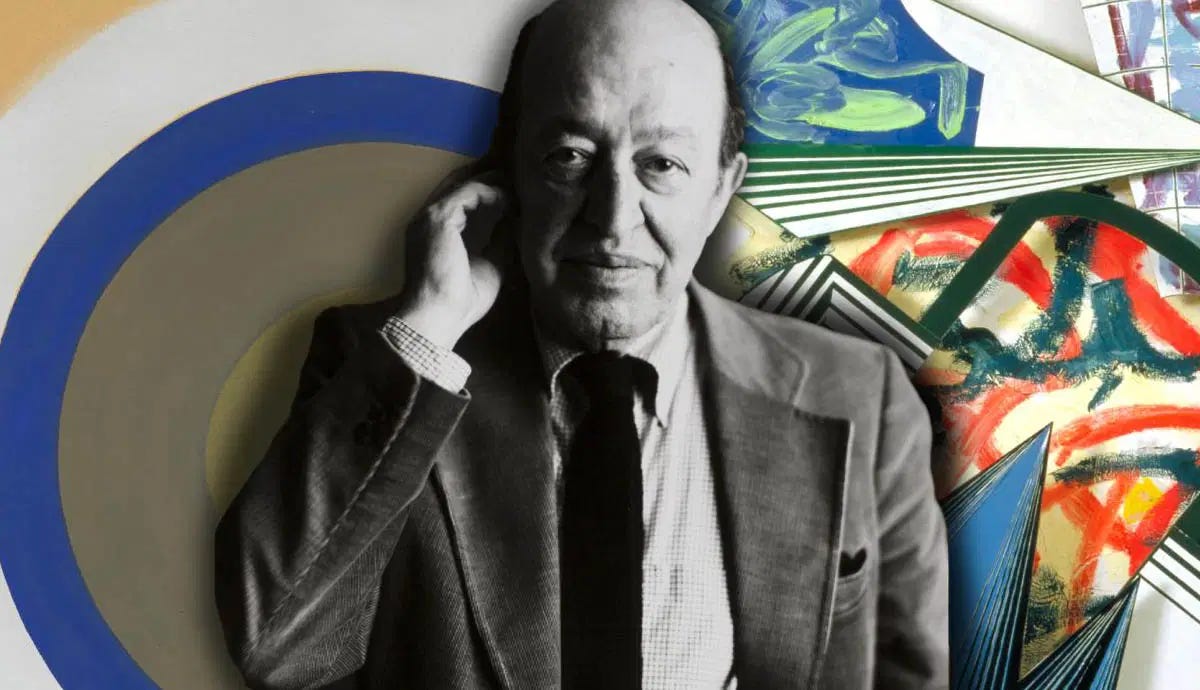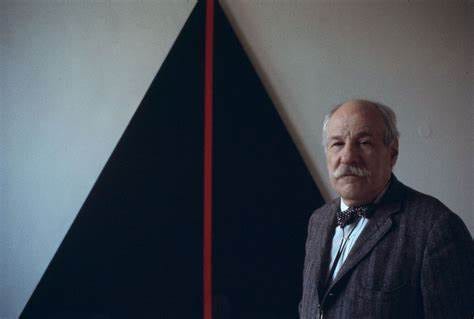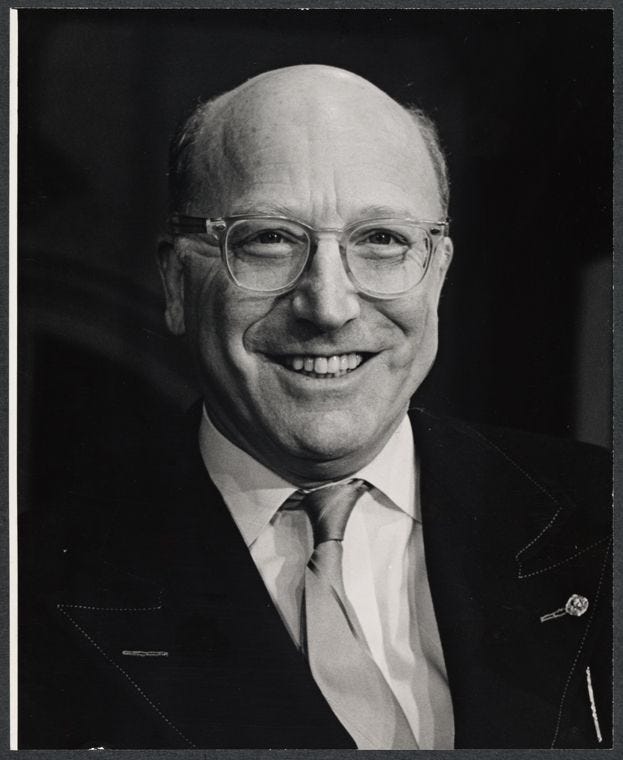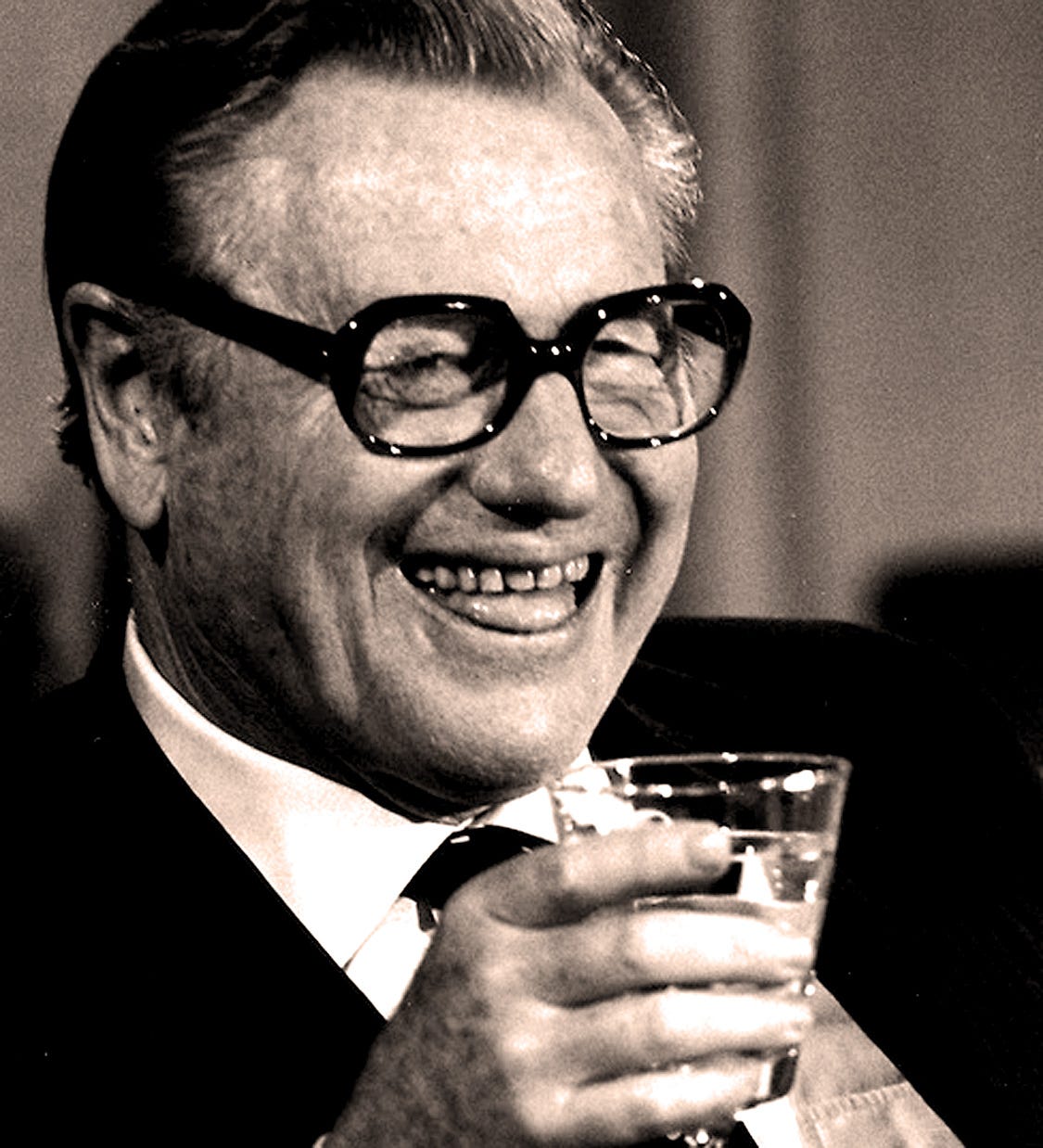How The CIA Used Abstract Expressionist Art During The Cold War
This is the story of how the CIA built Abstract Expressionism into an art force against Russia. Critics working with CIA praised the art, people using CIA funds bought it, and a movement was born!
I was teaching at the School Of The Art Institute when I came upon evidence that the meteoric rise in awareness, cost and establishment of abstract expressionist art was due to the CIA and thought this would make a great class. Touching on everything from how the cost is determined to what makes art an investment to how an art movement goes from underground to jokes on a sitcom.
I also began to realize the early sales of the art were purchased by Intel directors and their friends using CIA money, which when after articles appeared in art magazines by CIA writers, and gallery shows were presented by CIA the prices began leaping and in those days, the CIA employees simply kept the millions that rolled in for the art. Paintings they had bought for maybe several hundred dollars made them rich.
I was excited and took the documents I had, which had been declassified by CIA and how I had connected the dots to Fred Camper head of the film department. I had been teaching 20th century art and film history and was looking for someone to back my idea when I took it to the dean.
To be fair there was still a lot of animosity to CIA after the Vietnam War, usually misplaced, and historians then as now, had really no idea what to do with declassified files. Camper was appalled, refused to look at the docs, said under no condition could he appeal for a class that used CIA documents to show how they created an art movement. It would take over a decade for the media to begin to absorb and print the information. I doubt Camper even understood what I was saying, he heard CIA and the establishment of a art form as a movement and that was enough.
What’s the difference between the United States of America and a cup of yogurt? If you leave the cup of yogurt alone for 200 years, it develops a culture. So goes one of many jokes long in circulation about the supposed American tendency toward low-minded, expedient philistinism. I grant, as an American myself, that such humor surrounds at least a grain of truth. But there was a time when the federal government of the U.S., an organization not often accused of excessive high-mindedness, took an active role in promoting the country’s home-grown avant-garde — an appropriate term, notes Lucie Levine at JSTOR Daily, since it “began as a French military term to describe vanguard troops advancing into battle,” and American modern art had become a continuation of politics by other means.
“Up until World War II, America had never produced large, influential art movements like in Europe,”. After the war, “something unexpected happened: a brood of radical American painters helped make New York City the center of the art world.”
Mark Rothko, Willem de Kooning, and Jackson Pollock: they and other artists “captured the world’s attention with large-scale works of pure color and form.” This movement came to be known as abstract expressionism, and in the eyes of the newly established Central Intelligence Agency, it came to show promise as propaganda. If shown abroad, it could function as propaganda, highlighting “the differences between American and Soviet politics” — and more specifically, “the appeal of American culture over Soviet Culture.” The CIA and art
In the play ART, someone buys an abstract painting at an enormous price, while his friends ponder how they are going to tell him that it is inherently worthless. In the debate about abstraction and whether it was entirely some sort of hoax, the new traditionalists ridicule its "flatness" and its absence of narrative, while defenders of abstraction insist that representative art is a form of nostalgia that modernism sought to eliminate. The defenders are definitely losing ground, but one wonders why they were ever regarded as credible.
The point that most art critics miss is that art is also a form of commerce, and not antithetical to it. The god of art is the art market. And so one might ask, "How did a Jackson Pollock get to be worth so much money?" Part of it had to do with the Cold War, which not only bloated the military budget, but distorted the art market as well.
Clement Greenberg
Faux genius and con man Clement Greenberg was at the center of the scam. A former itinerant necktie salesman, Greenberg teamed up with struggling abstract artist and mountebank, Barnett Newman, to promote a vision of art that conveniently coincided with the objectives of the US Cold War Establishment. Indeed, Greenberg argued that the avant-garde required the support of America’s elite classes, a self-serving concept that would promote his personal interests as a collector.
Barnett Newman
As the competing ideologies of capitalism and communism clashed after the Second World War, the question of "What is art?" became a significant issue in the struggle for dominance. Was art a vehicle of state propaganda to glorify a proletarian revolution or depict an evil Hitler in his bunker at the end of the heroic struggle against fascism (never mind about the Hitler-Stalin pact), or was it the product of individual creativity unrestrained by governmental control and censorship?
But since America was then in the throes of one of its tedious puritanical backlashes, the sensuality of great Western art, as represented by say, Goya’s "Naked Maja," was out of the question. Deriving their central thesis from Islamic art that representation of the sensual human form was interdicted by the sublime, the new Abstract Expressionists fit neatly into what the American intelligence community desperately needed to rebut Soviet representational propaganda; an art that was highly individualistic but which did not offend the sensibilities of conservative religion. A Baptist preacher or Bishop Sheen could laugh at a Pollock, but he could not condemn it as obscene. Yet because "modern art" was widely derided, it needed a boost from an invisible sponsor, which would turn out to be the CIA.
In this milieu Clement Greenberg came forth in support of the new art. Yes, the canvas was flat, and it should be covered flatly by paint in abstraction, so beauty would be destroyed in the name of the sublime. And Museum of Modern Art (MoMA) director Richard Barr heralded this view when he quoted Greenberg’s co-conspirator, Newman, who infamously proclaimed, "The impulse of modern art was to destroy beauty." Barr went even further – God was dead and had been replaced by Abstract Expressionism.
Richard Barr
The more Greenberg wrote in promotion of the Abstract Expressionists, and particularly Pollock’s "action painting," which involved dripping paint on the canvas, the more he collected them at minimal prices before he had made them famous. And as he increased his own power and influence, the more people wanted to buy these paintings, which served Greenberg’s real personal objective; to make himself rich.
Fortunately for him, like the military industrial complex, he had a helping hand in the federal government. As Frances Stoner Saunders explains in her brilliant book, Who Paid the Piper – The CIA and the Cultural Cold War, the CIA covertly supported the Abstract Expressionist movement by funding exhibits all over the world in promotion of the idea that the culture of freedom was superior to the culture of slavery, and by covertly promoting the purchasing of works by various private collections. Indeed, the CIA named its biggest front in Europe the Congress for Cultural Freedom. It worked. Soviet art became a laughing stock, and New York became the center of the art world, not Paris, where Picasso, a long-time member of the Communist party and winner of the Stalin Peace Prize (who can forget his doves of peace?), still reigned supreme.
The CIA had stolen the show from Picasso, taking art a step further into a near mystical expression of unfettered human liberty in the spirit of free enterprise. Nelson Rockefeller, whose family created the MoMA, actually referred to Abstract Expressionism as "free enterprise painting." But like so many Rockefeller ventures, it was state supported, so that his own collection of Abstract Expressionist works ended up being worth a considerable fortune.
Nelson Rockefeller
But why, then, did it come to an end? The Cold War exploded into the Vietnam War and rebellion overtook the arts. The social revolution of the Sixties brought with it Pop Art, Op Art, and various forms of social protest art, forcing Abstract Expressionism to the sidelines, even if prices were still good. Confronted with James Rosenquist’s "F-111," abstraction lost its force. Even more than this, the answer lies in a paraphrasing of a remark by comedian Mort Sahl about why the student movement ended. "The government withdrew its funding."
June 20, 2002 By Richard Cummings
Art and the CIA:
Behind the paywall: A collection of Russian modern art worth millions. But is it fake?
Over the past twenty years, dozens of paintings from a private collection of Russian and Ukrainian modern art have been sold to museums and private collectors around the world. The collection is said to include over 200 oil paintings by revered avant-garde artists like El Lissitzky, Alexandra Exter, and Liubov Popova. It’s one of the biggest collections of its kind in the world. But there are growing suspicions that the story behind the provenance of the paintings in the collection is made up, and that many of them could be worthless fakes. The BBC follows the art detectives and scientists, trying to get to the truth about the Zaks collection and its mysterious owner.
Keep reading with a 7-day free trial
Subscribe to Hidden Cold War History to keep reading this post and get 7 days of free access to the full post archives.



